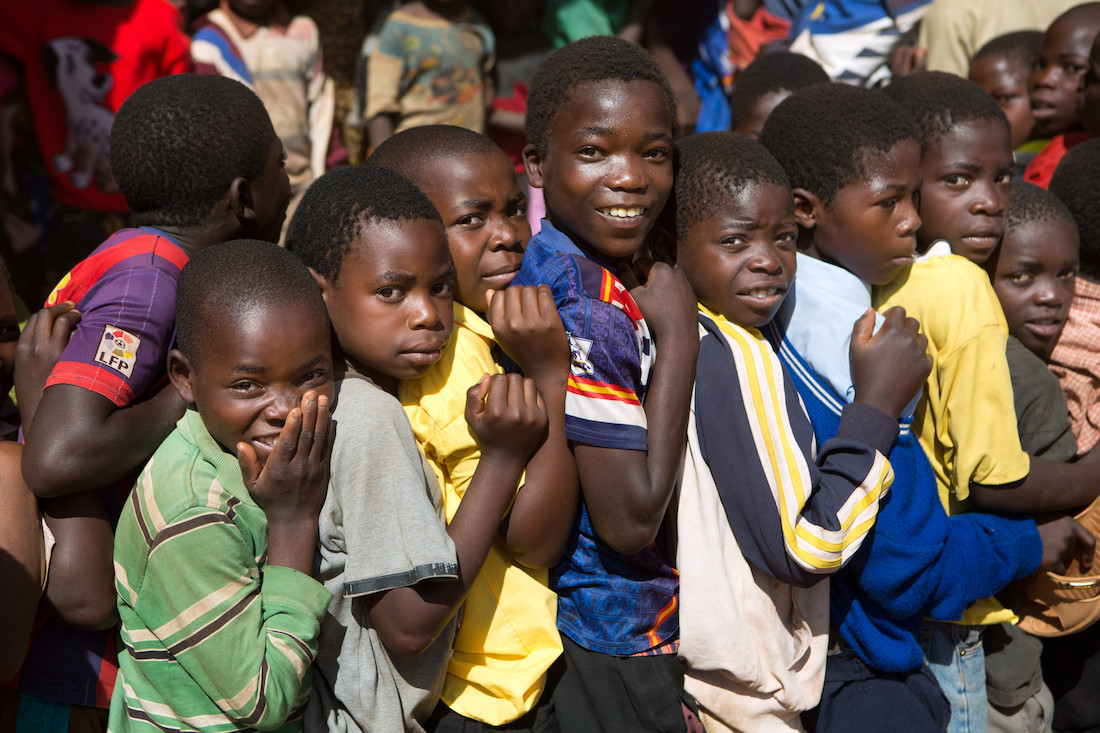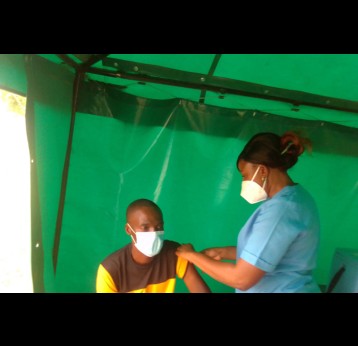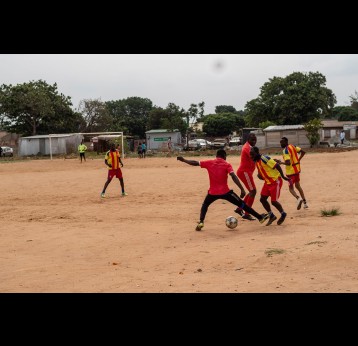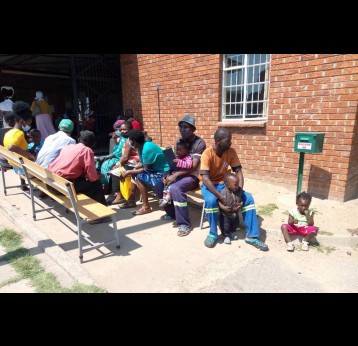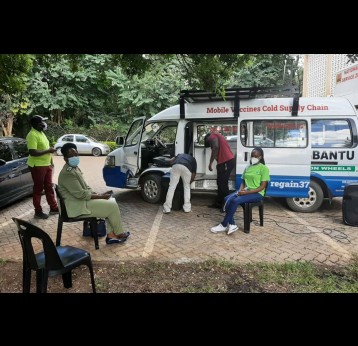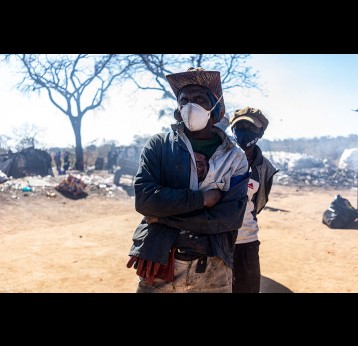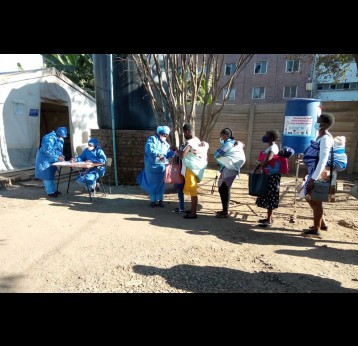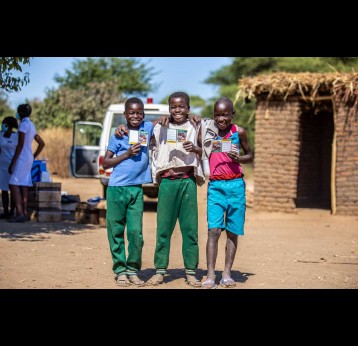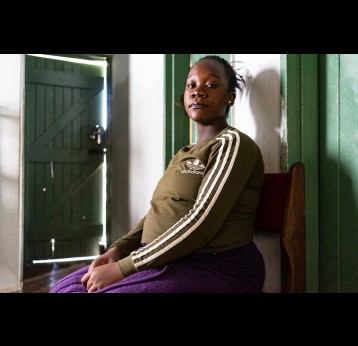Country Information
Key immunisation indicators
Data sourcesApprovals are a subset of commitments for which funding availability and programme performance has been assessed as satisfactory. Only such approved amounts can be disbursed subject to all other conditions for disbursement being met by the countries. Approvals are typically granted for the current year and one further year.
Commitments represent endorsements of multi-year programme budgets made by the Gavi Board, Executive Committee or the CEO. These endorsements do not constitute a liability to pay but instead send a positive signal that Gavi intends to fund a programme over its entire life span subject to performance and availability of funds.
Disbursements by 'Programme Year' in the graph shows the payments made from 2020 up to the date of the report. The payments are shown by the programme year to which they relate irrespective of the calendar year in which they were made. The programme year is the year in which the relevant vaccine/cash programme is being implemented.
Annual figures may reflect negative values due to refunds from previous years or allocation of prepayments to reflect actual apportionment by country.
Disclaimer: the boundaries and names shown and the designations used on this map do not imply the expression of any opinion whatsoever on the part of Gavi, the Vaccine Alliance concerning the legal status of any country, territory, city or area or of its authorities, or concerning the delimitation of its frontiers or boundaries. Dotted lines on maps represent approximate border lines for which there may not yet be full agreement.
This Gavi country data is made available under the Creative Commons BY 4.0 license: https://creativecommons.org/licenses/by/4.0/
Latest News
All News
Zimbabwe’s health workers on the pandemic front line
Health workers at the forefront of Zimbabwe’s COVID-19 vaccination campaign share their experiences.
"The boys are back in town": Sports and entertainment return in Zimbabwe
There is a glimmer of hope for Zimbabwe’s sports and entertainment.
The vaccine taxi: Going mobile in Zimbabwe
Distance and fear of the pandemic has put many parents off from taking their children to health clinics in Zimbabwe. So one converted taxi is taking the clinic to them.
Zimbabwe’s waste pickers waiting impatiently for COVID-19 vaccines
For the waster pickers of Bulawayo, COVID-19 has posed risks to both their health and their incomes. Hope for a vaccine is reaching fever pitch.
Clinics get routine immunisation back on track in Zimbabwe
The onset of the COVID-19 pandemic hit routine immunisation hard in Zimbabwe, but thanks to the hard work of local health workers children are now getting the protection they need.
Solar Energy Helps Maintain Zimbabwe’s Vaccine Cold Chain
Persistent power cuts had hampered the provision of healthcare across Zimbabwe. Solar power systems are now offering a solution to ensure children continue to get their vaccines.
6 million children benefitting from the first ever multi-antigen vaccination campaign
UNICEF, Gavi, the Vaccine Alliance and WHO have partnered with the Ministry of Health and Child Care to launch a new vaccine campaign introducing typhoid conjugate vaccine into the routine immunisation schedule across Zimbabwe.
Tackling typhoid in Zimbabwe: “We have to be sure for ourselves that the water is safe”
After a devastating typhoid outbreak swept through Bulawayo, Zimbabwe, a new, more effective vaccine is bringing hope.
Data sources
| Name | Source | Date |
|---|---|---|
| Total population, 2024 | United Nations, World Population Prospects (UN WPP), July 2024 release | 2024-07-11 |
| Birth cohort (live births), 2024 | United Nations, World Population Prospects (UN WPP), July 2024 release | 2024-07-11 |
| Surviving infants (infants surviving to 1 year), 2024 | United Nations, World Population Prospects (UN WPP), July 2024 release | 2024-07-11 |
| Infant mortality rate (deaths <1 year per 1,000 births), 2023 | UN Inter-agency Group for Child Mortality Estimation (UN IGME), March 2025 release | 2025-03-25 |
| Under-five mortality rate (deaths <5 years per 1,000 births), 2023 | UN Inter-agency Group for Child Mortality Estimation (UN IGME), March 2025 release | 2025-03-25 |
| Gross national income (GNI) per capita, Atlas method (current US$), 2024 | World Bank national accounts data, and OECD National Accounts data files, July 2025 release | 2025-07-01 |
| Zero-dose children, 2024 | WHO/UNICEF Estimates of National Immunization Coverage (WUENIC), July 2025 release; figures calculated using number of surviving infants from UN World Population Prospects (UN WPP) | 2025-07-15 |
| % reduction in number of zero-dose children, 2019–2024 | WHO/UNICEF Estimates of National Immunization Coverage (WUENIC), July 2025 release; figures calculated using number of surviving infants from UN World Population Prospects (UN WPP) | 2025-07-15 |
| DTP1/DTP3/MCV1 coverage (%), 2024 | WHO/UNICEF Estimates of National Immunization Coverage (WUENIC), July 2025 release | 2025-07-15 |
| Drop-out from DTP1 to DTP3, 2024 | WHO/UNICEF Estimates of National Immunization Coverage (WUENIC), July 2024 release | 2025-07-15 |
| Drop-out from DTP1 to last routine dose of MCV, 2024 | WHO/UNICEF Estimates of National Immunization Coverage (WUENIC), July 2025 release | 2025-07-15 |
| Geographic equity of DTP3 coverage in 20% of districts with lowest coverage, 2024 | WHO/UNICEF Joint Reporting Form (JRF), July 2025 release | 2025-07-03 |

